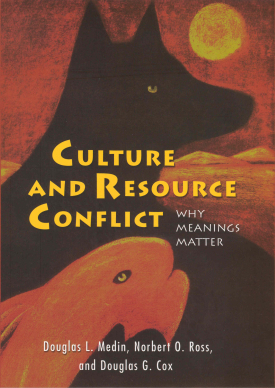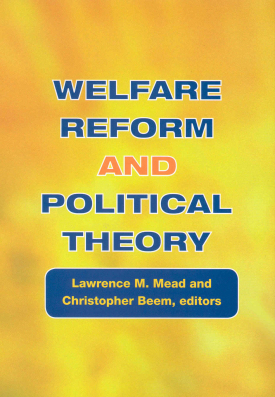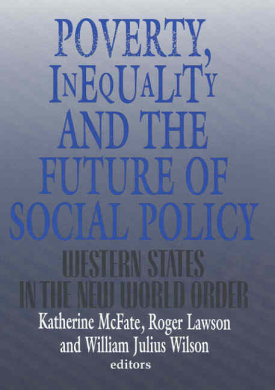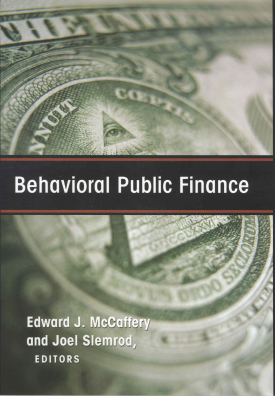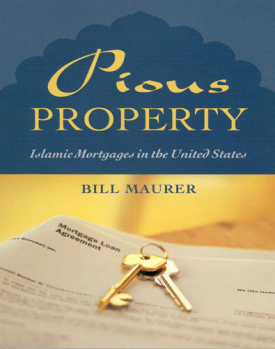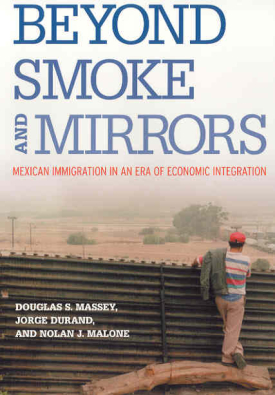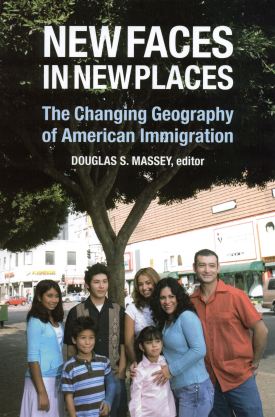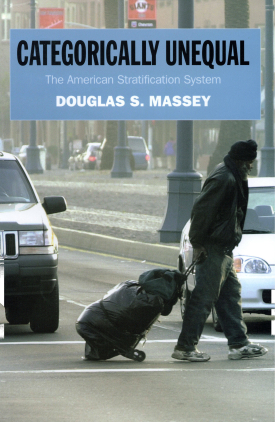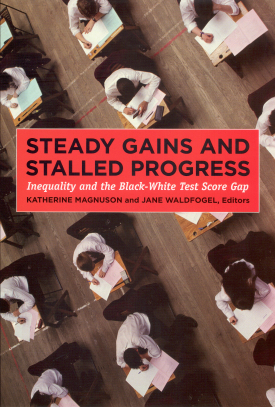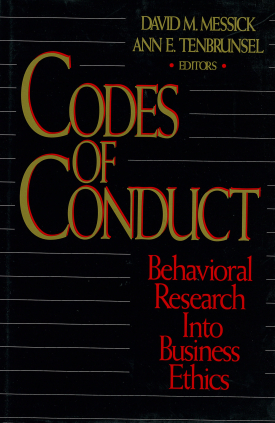
Codes of Conduct
About This Book
Despite ongoing efforts to maintain ethical standards, highly publicized episodes of corporate misconduct occur with disturbing frequency. Firms produce defective products, release toxic substances into the environment, or permit dangerous conditions to existin their workplaces. The propensity for irresponsible acts is not confined to rogue companies, but crops up in even the most respectable firms. Codes of Conduct is the first comprehensive attempt to understand these problems by applying the principles of modern behavioral science to the study of organizational behavior.
Codes of Conduct probes the psychological and social processes through which companies and their managers respond to a wide array of ethical dilemmas, from risk and safety management to the treatment of employees. The contributors employ a wide range of case studies to illustrate the effects of social influence and group persuasion, organizational authority and communication, fragmented responsibility, and the process of rationalization. John Darley investigates how unethical acts are unintentionally assembled within organizations as a result of cascading pressures and social processes. Essays by Roderick Kramer and David Messick and by George Loewenstein focus on irrational decision making among managers. Willem Wagenaar examines how worker safety is endangered by management decisions that focus too narrowly on cost cutting and short time horizons. Essays by Baruch Fischhoff and by Robyn Dawes review the role of the expert in assessing environmental risk.
Robert Bies reviews evidence that employees are more willing to provide personal information and to accept affirmative action programs if they are consulted on the intended procedures and goals. Stephanie Goodwin and Susan Fiske discuss how employees can be educated to base office judgments on personal qualities rather than on generalizations of gender, race, and ethnicity. Codes of Conduct makes an important scientific contribution to the understanding of decisionmaking and social processes in business, and offers clear insights into the design of effective policies to improve ethical conduct.
DAVID M. MESSICK is at the Kellogg School at Northwestern University.
ANN E. TENBRUNSEL is at the College of Business Administration, University of Notre Dame.
CONTRIBUTORS: Jonathan Baron, Max H. Bazerman, Maura A. Belliveau, Francisco J. Benzoni, Robert J. Bies, Marilynn B. Brewer, Robert B. Cialdini, John M. Darley, Robyn M. Dawes, Thomas Donaldson, Baruch Fischhoff, Susan T. Fiske, Robert H. Frank, Stephanie A. Goodwin, Russell Hardin, Helmut Jungermann, Joshua Klayman, Roderick M. Kramer, George Loewenstein, Robert Mauro, Ann L. McGill, David M. Messick, Myron Rothbart, Ann E. Tenbrunsel, Tom R. Tyler, Kimberly A. Wade-Benzoni, Willem A. Wagenaar, and Patricia H. Werhane.

